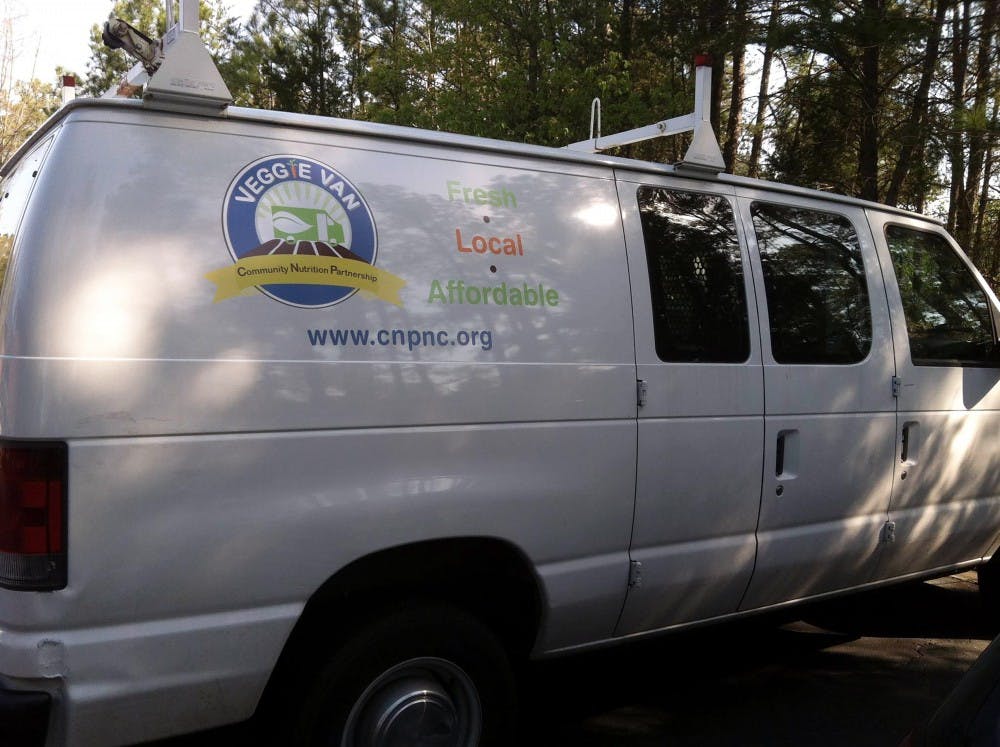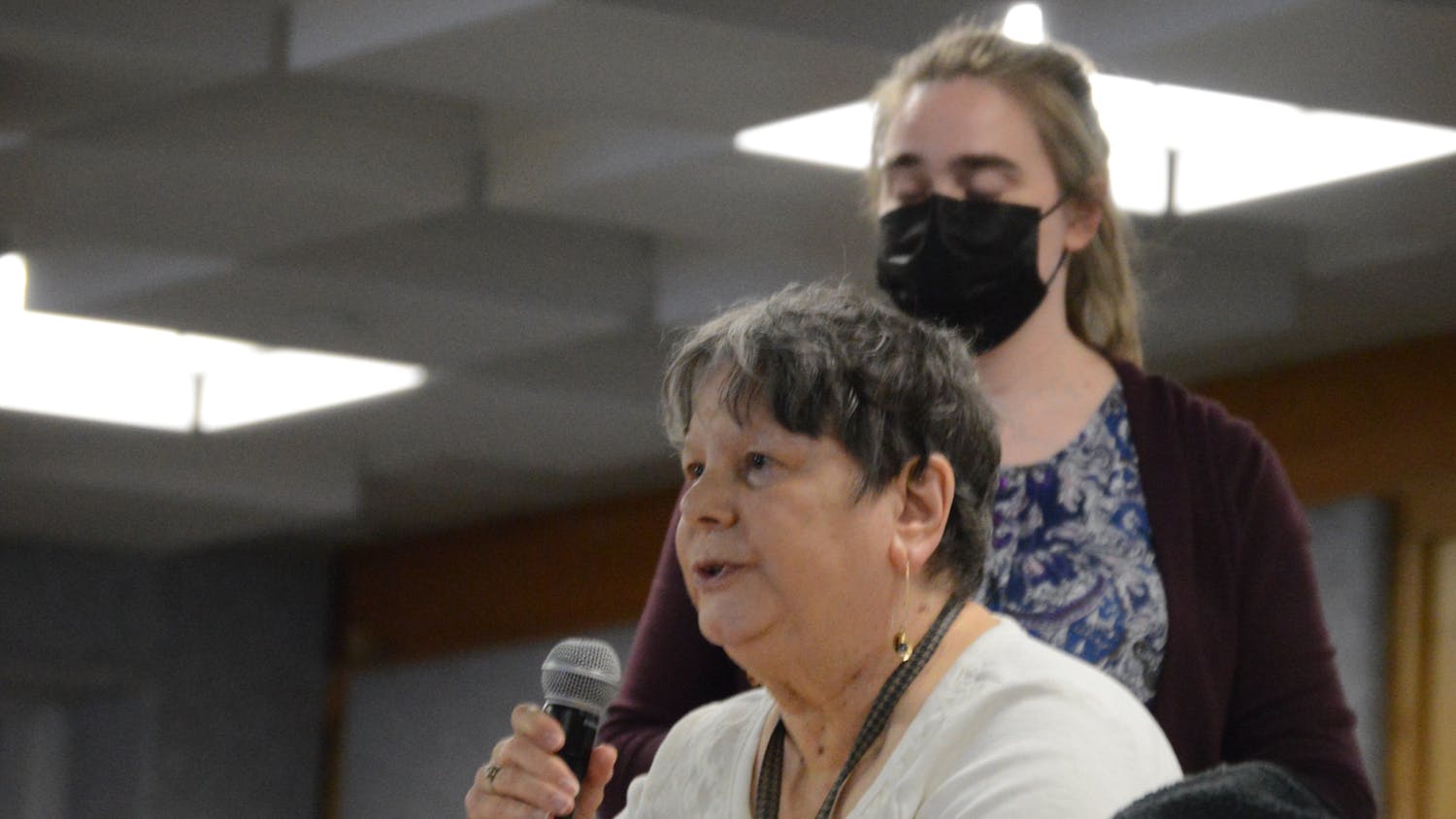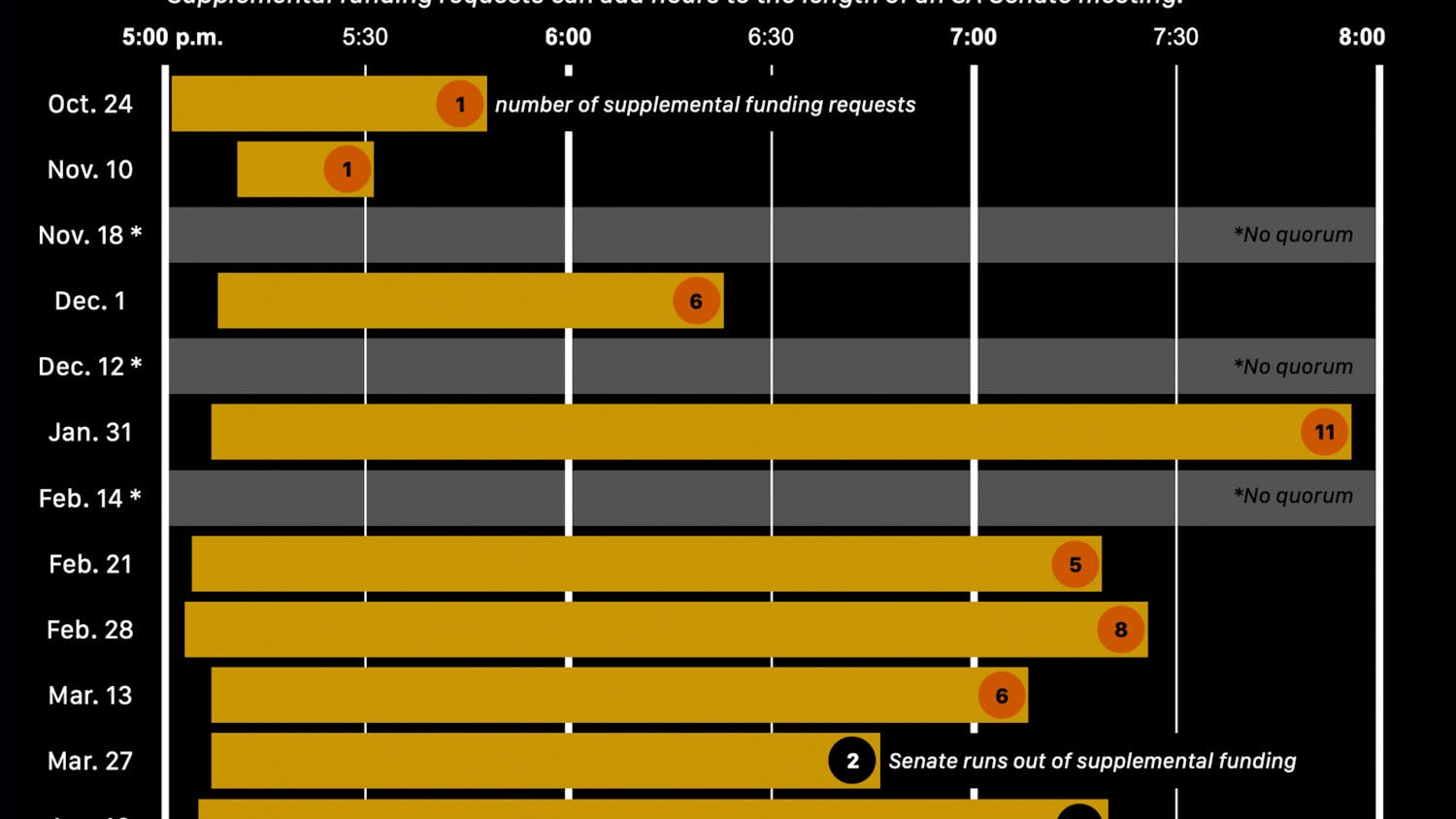Normally, people might be skeptical of a big white van trying to lure them toward its cargo. But the Veggie Van is different.
Underprivileged neighborhoods across the nation struggle to afford fresh produce and often don’t have access to grocery stores. That’s why numerous cities are investing in mobile markets, like the Veggie Van, to deliver fresh fruits and vegetables to low-income neighborhoods.
Lucia Leone, an assistant professor in the community health and health behavior department, is spearheading a study that examines the effectiveness of mobile markets. The National Cancer Institute funds the study with a $3.1 million grant.
Leone’s study is a continuation of a smaller project she conducted with former colleagues from the University of North Carolina at Chapel Hill in 2010. Leone said she hopes to reduce the barrier of eating fresh and healthy produce for underserved neighborhoods.
“Fast food is an issue in that demographic. We wanted to try and create a low-cost, healthy fast food restaurant offering fresh produce,” Leone said. “We started with $300 and no van, just volunteers. We offered fresh produce at cost and nutritional education. People slowly started replacing foods with high saturated fats and sodium with healthier options.”
Rep. Brian Higgins, D-Buffalo, announced the project on April 5. He said the Veggie Van model provides what’s needed to encourage healthy eating in underserved communities.
“These areas are food deserts –– underserved rural and urban areas that don’t have access to fresh, healthy foods,” Higgins said. “We know from research done at Roswell Park that diet and lifestyle are a major contributor to diseases like cancer. Having fresh produce in underserved communities through these mobile markets is almost the equivalent to a quality produce section at a supermarket.”
The van operates a weekly mobile farmer’s market, offering food at half the price of traditional markets. In North Carolina, the van sold locally grown organic produce at 15 locations, resulting in an increased intake of fruits and vegetables of, on average, one cup per day, according to Leone.
Leone hopes she can replicate the success she found in North Carolina in Buffalo. A portion of the grant will fund between six and eight organizations –– including one in Buffalo –– that wish to operate a Veggie Van or already do so. Organizations who apply and are selected as recipients will implement a best-practices toolkit to help their mobile markets’ effectiveness and financial sustainability.
Part of the project’s success was the van’s movability, which made it easy to reach the study’s target audience, according to Leone.
“Generally [the markets] will be in locations where people are already going — churches, schools, healthcare clinics etc.,” Leone said. “Convenience is key. People can stop by and get a pre-set box of produce or individual items. We encourage boxes because that’s what helps people eat more healthy foods outside their comfort zones instead of sticking to things they’re used to.”
The van doesn’t currently make deliveries, which is something Leone hopes to add in the future. Residents enrolled in food stamp programs like the Supplemental Nutrition Assistance Program and the Electronic Benefits Card can use their benefits to shop from the van.
Veggie Vans are equipped with technology to analyze the effects the mobile market has on customers. The Veggie Meter is a tool that uses a finger prick to measure an individual’s carotenoids, a biomarker in the blood, which indicates how many fruits and veggies you’re eating, according to Leone.
“I have yet to use one, but one of the challenges with any research around diets is that people have to report to you what they ate,” Leone said. “Trying to remember everything you ate yesterday let alone just fruits and veggies can be tough. Measuring carotenoids is a more objective method than making people give blood, which could seem pretty sketchy when you’re shopping for produce. Pricking customers’ fingers is much less invasive.”
The vans will also include iPads that track what produce is most popular and which communities have a higher need for certain products. Leone equates it to a grocery store’s loyalty card, which provides the store with data of what items customers buy the most.
Students are excited by Leone’s efforts to bring healthy changes to underserved neighborhoods. Rachel Plunkett, a freshman accounting major, said she’s happy to see people eating less unhealthy fast foods.
“I think it’s a great idea, just because I know people in those areas don’t always have the money for healthy foods and they tend to go to fast food because it costs less,” Plunkett said. “I feel like bringing the food to them definitely helps too. The fact that it’s sold at cost really shows their good intentions.”
Higgins said if the project continues to find success, he’d like to see more cities across the country adopt veggie van models.
“If the van tests well in Buffalo and produce consumption rates increase for individuals in underserved communities, that’s indicative of a successful program for the National Cancer Institute trying to reduce contributing factors towards cancer,” Higgins said. “Dr. Leone has a great model. We would absolutely look to expand this program nationally.”
Max Kalnitz is a news editor and can be reached at max.kalnitz@ubspectrum.com and





